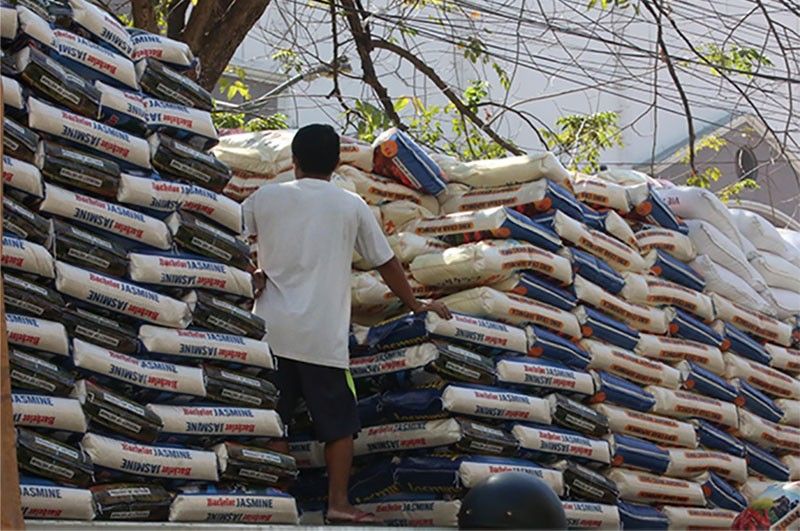DOF wants to cut rice tariffs below 35 percent

To bring down prices
MANILA, Philippines — The Department of Finance (DOF) wants to slash tariffs on rice imports further below 35 percent to pull down retail prices of the staple, which have been putting pressure on the country’s inflation print.
Finance Secretary Ralph Recto said further tariff reduction is part of government measures to bring down rice prices by 20 percent in September.
The DOF chief is looking at 17.5 percent or 20 percent from the current 35 percent.
President Marcos, through Executive Order (EO) 50, extended the lower tariff rates of 35 percent on rice until the end of the year.
Without any tariff reduction, the Philippines imposes a tariff rate of 40 percent and 50 percent on rice imports inside the import quota and outside the quota, respectively.
All rice imports from Southeast Asian countries are levied a 35 percent tariff pursuant to the ASEAN Trade in Goods Agreement.
According to Recto, world rice prices have been on a downward trend, which bodes well for an importing country like the Philippines.
Rice imports account for about 20 percent of the country’s total staple supply.
The lower rice prices in the global market coupled with the tariff reduction would result in a more affordable staple that is being sought by the consuming public, the finance chief said.
“(The tariffs should be) lower than 35 (percent),” Recto told reporters late Monday.
The DOF is looking at the power of the President to modify the tariff rates when Congress is not in session.
Recto said the Tariff Commission (TC) is expected to begin reviewing the proposed rice tariff cut soon.
Recto, however, said they are not looking at reducing rice tariffs to zero as it would be detrimental to local rice farmers.
“You have to strike a balance between the farmers and the consumers,” he said, referring to the tariff rates.
Recto expects the Department of Agriculture to conduct its own consultation with its stakeholders regarding the proposed tariff reduction.
The rice tariff adjustment may be done while Congress is not in session so that Marcos can exercise his power of modifying tariff rates on goods through an EO.
The lower rice tariffs may be in effect until the end of the year.
“We want it lower… as much as possible not only up to the end of the year. But (it is) possible (that) the EO will be only up to the end of the year,” Recto said.
“And then, let’s take a look, and then if we need to extend it, then we can extend it, right? But what’s important is to reduce the prices of rice. That is what the Filipino public is asking,” Recto added.
Congress adjourned its session on May 24. The next session opens on July 21.
The tariff adjustment process begins with the TC holding a public hearing regarding a tariff modification petition filed by either a private entity or the government.
The TC will submit its findings to its mother agency the National Economic and Development Authority (NEDA) for proper endorsement to the Cabinet-level Committee on Tariff and Related Matters (CTRM).
The CTRM will deliberate on the proposed tariff modification and make its recommendation to the NEDA board chaired by the President for final action, including the issuance of an EO.
The average price of well-milled rice in the country softened to P56.42 per kilo in April from the record-high P56.44 per kilo recorded in March, according to the Philippines Statistics Authority (PSA).
Rice inflation softened to 23.9 percent inflation in April from 24.4 percent in March, based on PSA data.
- Latest
- Trending




























